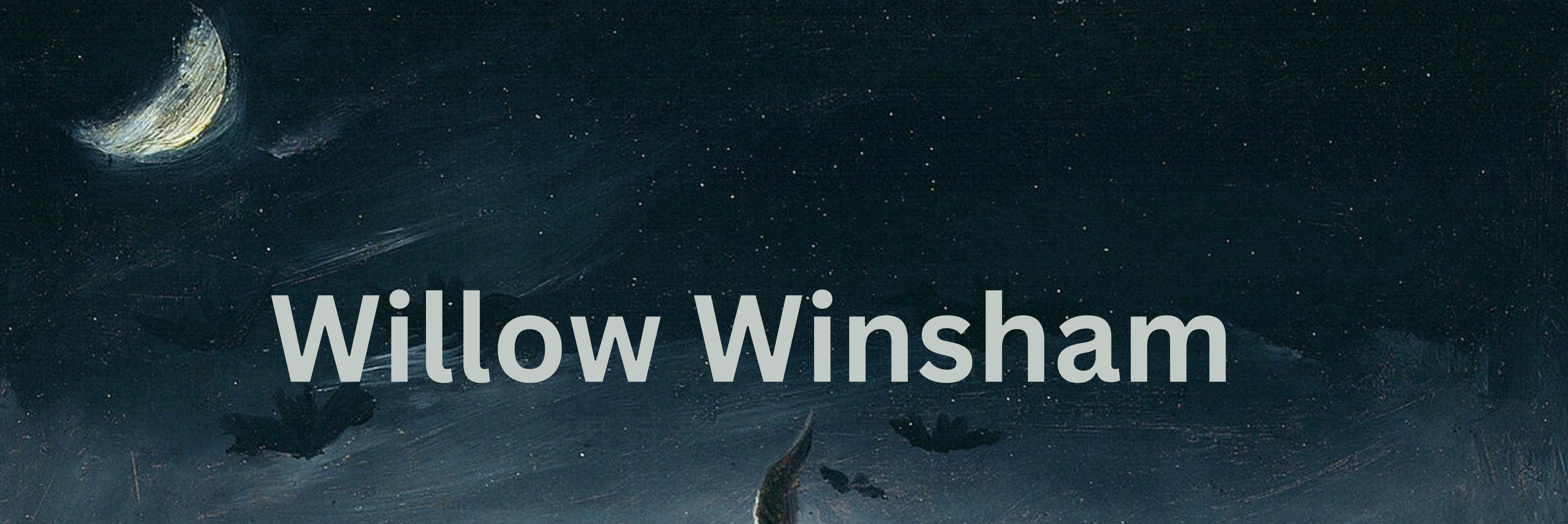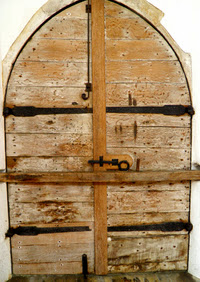A dog is, after all, a common animal to be seen out and about in any age, especially after the disappearance of Trueman’s aforementioned wolves (and the predatory hyenas cited in another chapter by the somewhat fanciful historian). Spotted unexpectedly, in the darkness of a field or a country lane, an animal that is usually familiar easily becomes a terrifying beast. It is then only a matter of time before other encounters are explained in the same way, the initial judgement forming the framework for others to interpret their own unexplained experiences. With a few embellishments added along the way, it takes very little for a legend to form and grow, evolving all the while.
We are no stranger to black dogs here at The Witch, The Weird and The Wonderful; Robert Fabian encountered one in his quest for Charles Walton’s killer, while Agnes Waterhouse was accused of, among other things, sending a demon in the guise of a black dog to terrorize a young neighbour. In coastal areas, such sightings are often interpreted as forecasting bad weather, seen by many before a storm brews. Spectral dogs are also often found at boundaries, whether between estates, counties or worlds.
It would be fascinating to discover which of the following manifestations influenced Trueman’s thoughts on the subject, as if he himself ever encountered a ghost hound he refrained from sharing it with his readers.
Probably the most well-known of the ghostly canines roaming the British countryside, “Shuck” is sometimes given as a catchall name for such dog sightings. Shuck himself is said to wander through East Anglia, startling the unwary with his glowing, saucer-like eyes and sometimes headless appearance. Shuck is generally seen as a malevolent entity, often taken as a premonition of death.
The Yorkshire-based Padfoot is a shapeshifting beast who most often takes the form of a dog. This variation is described as being donkey-sized, and, like Shuck, linked with an impending death. Although usually black, a white variant has also been cited. Padfoot is also sometimes invisible, only the sound of his footsteps to alert a traveller that they are not alone.
Moddey Dhoo has been sighted in several locations on the Isle of Man. First reported as a large black spaniel by George Waldren in his History and Description of the Isle of Man in 1731, the dog was reputed to haunt Peel Castle. Although causing fear when seen elsewhere around the island, especially when in his headless state, at the castle itself he grew to be such a frequent sight that those who worked there soon grew used to his presence.
Not all black dog sightings are harbingers of doom.The Gurt Dog of Somerset is seen as benign, although usually large and shaggy and with the same red eyes associated with the less friendly Black Shuck. The Gurt Dog is known for helping travellers on their way home and is also said to protect children on the moors.
Although there is no shortage black dog tales across the UK, Middlesex and Rutland are, as of yet, without their own spectral hound. Who knows, perhaps the first sighting is just around the corner?






